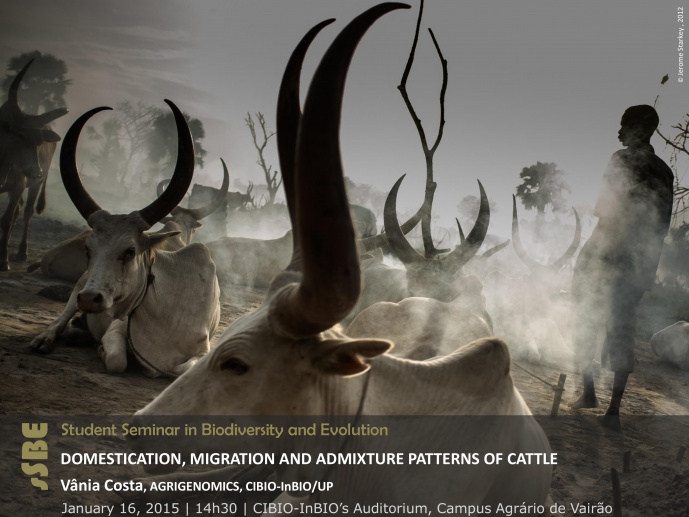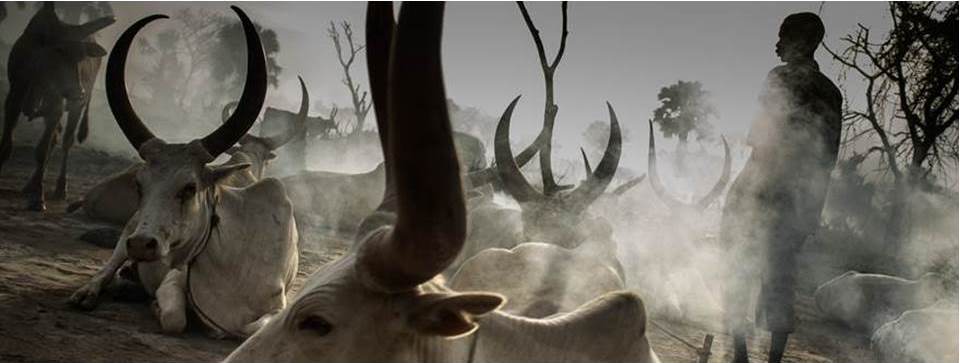DOMESTICATION, MIGRATION AND ADMIXTURE PATTERNS OF CATTLE

STUDENT SEMINAR IN BIODIVERSITY AND EVOLUTION

The beginning of modern civilization arose with domestication and since the early Neolithic stages cattle have been used for milk, meat and plow. Cattle evolutionary history was shaped by multiple domestication and admixture events that resulted on a huge diversity. This diversity allowed cattle to spread worldwide fitting well to different environments, as demonstrated by the existence of over 850 cattle breeds. Phylogeographic patterns of the species have been investigated with particular focus on the identification of putative domestication centers and migration paths. However, human mediated events (such as migrations and selected crossbreeds) occurred very frequently and confounded the disclosure of cattle origins and worldwide spread. Previous studies have tried to uncover the spread of cattle from the domestication centers; nevertheless, those investigations were focused on restricted geographic areas and/or were carried using few markers. The disclosure of the bovine genome unlocked new possibilities for answering the remaining doubts regarding this important species, and the future research of the project that is presented will be centered on a genome-wide approach using samples from the Old World to clarify the origins, spread and admixture patterns found in modern cattle.
Vânia Costa is a BIODIV PhD student associated to the Livestock, Genomics and Conservation group at CIBIO-InBIO. She is currently studying the origins, spread and admixture in modern cattle, under the supervision of Albano Beja-Pereira (CIBIO-InBIO, University of Porto), Gordon Luikart (University of Montana, U.S.A.), and Felix Goyache (SERIDA, Spain). Her main research interests regard population genetics and phylogeography, with a special focus on domestic species and its wild counterparts.
Image credits: Jerome Starkey, 2012